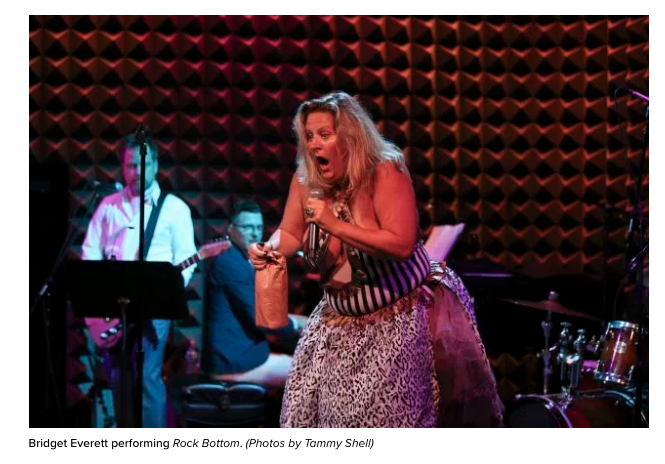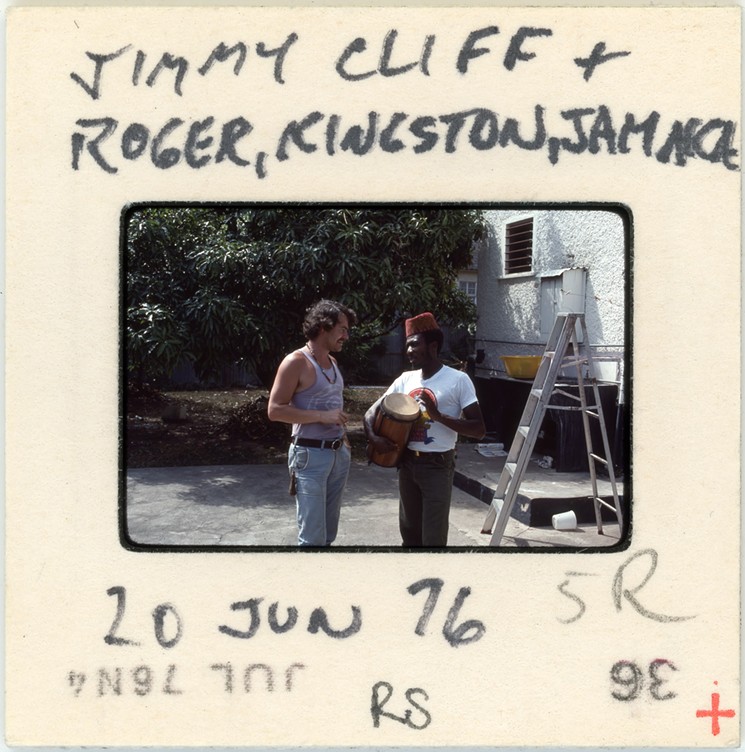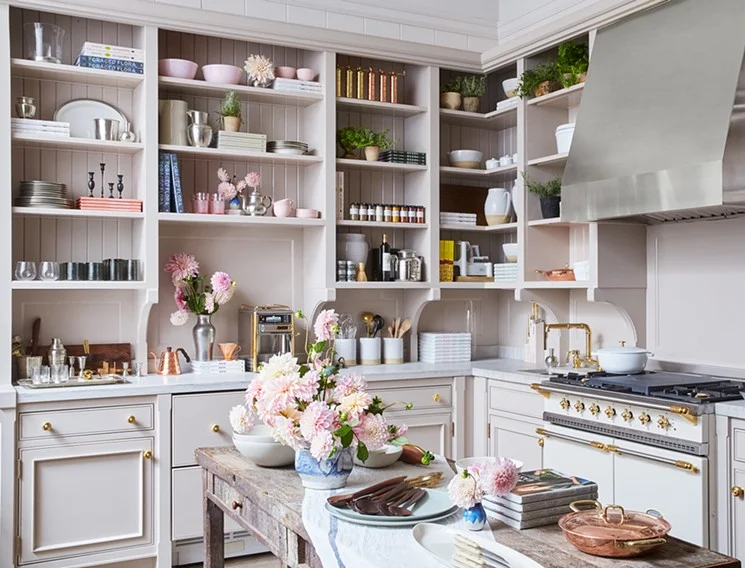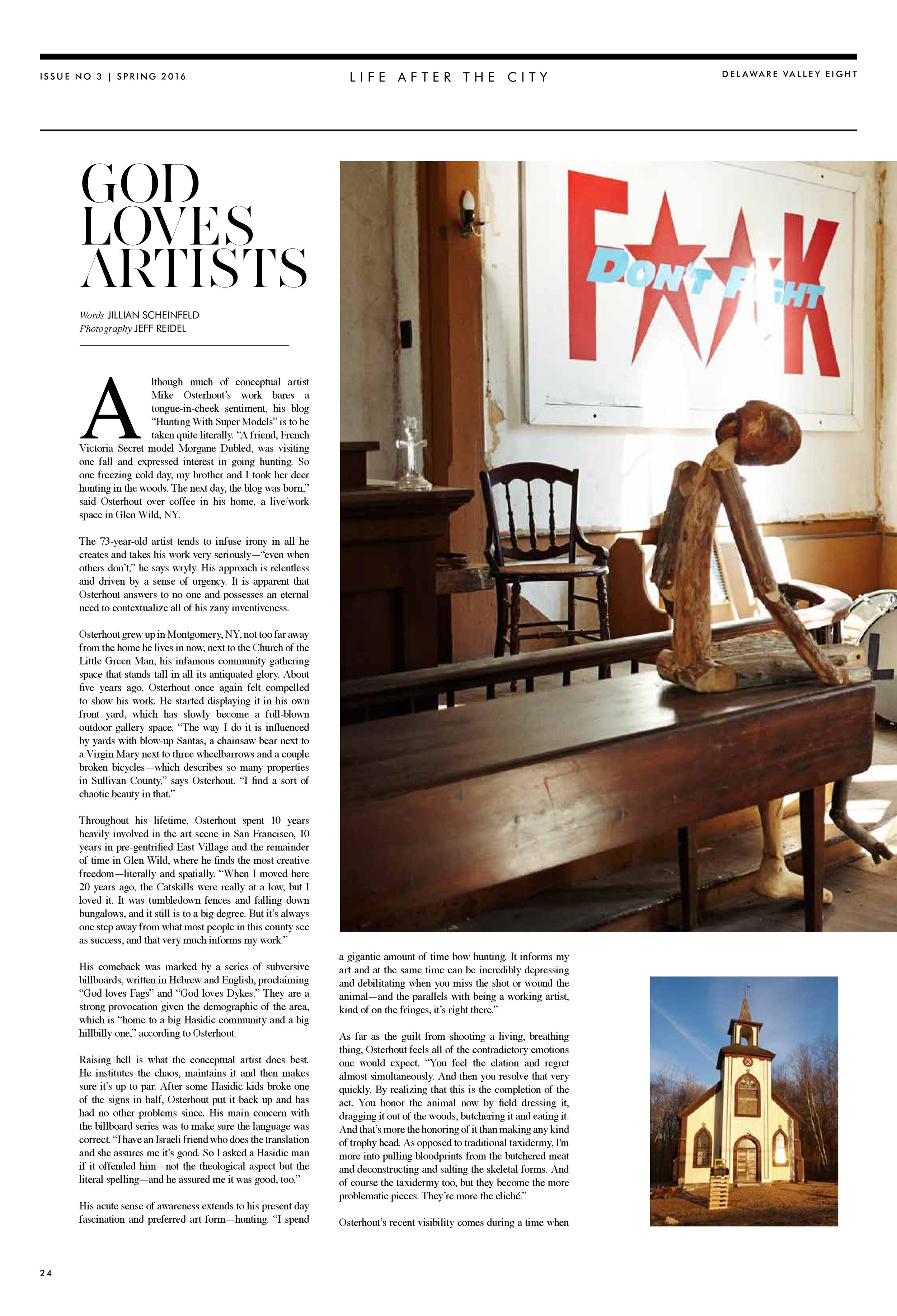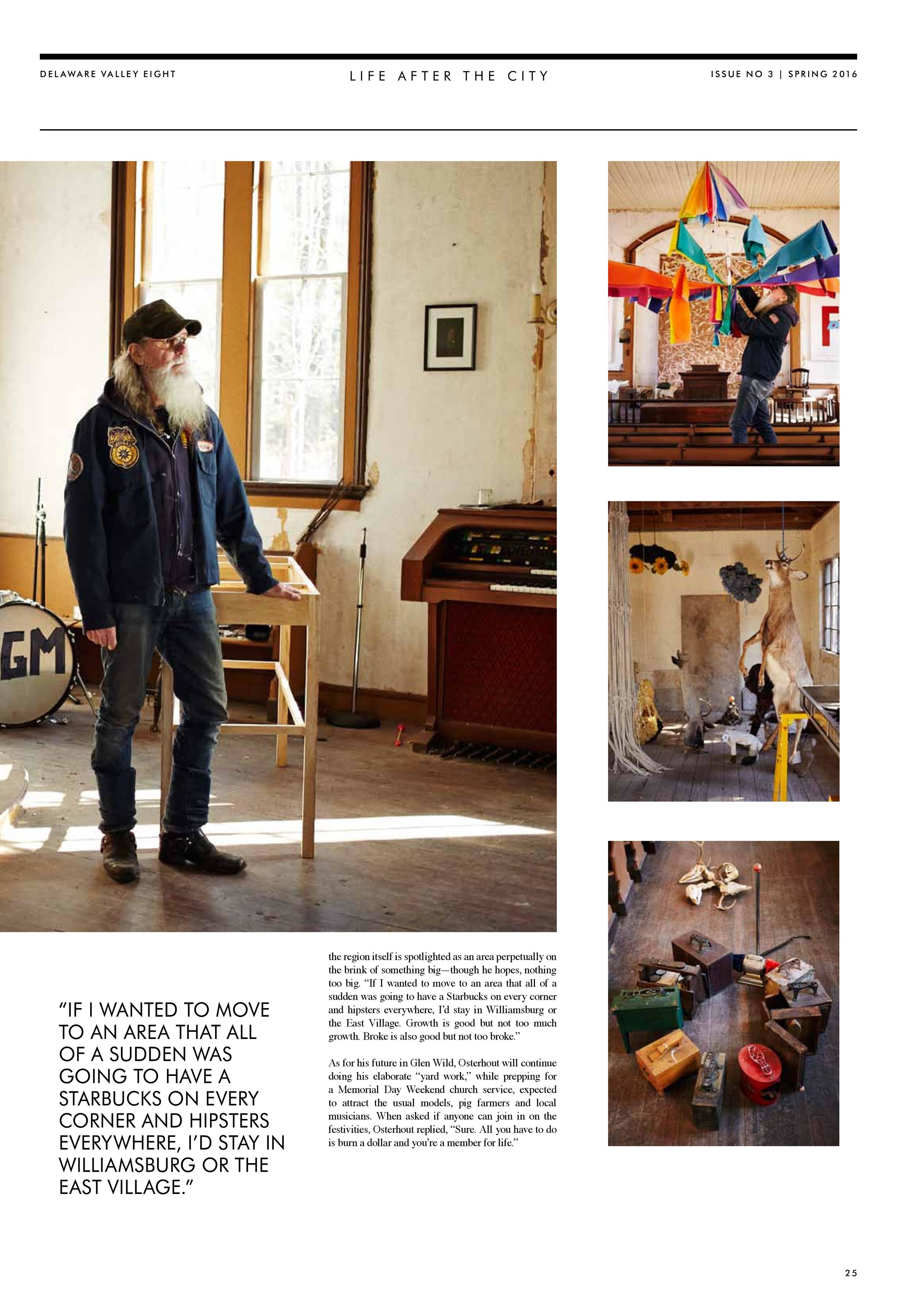On a recent Friday night at Eric Buterbaugh’s EB Florals Gallery, 23-year-old Tallulah Willis, aka “Buuski,” opened her first art show, “Please Be Gentle.” Prior to the debut, the emerging artist had participated only in group showings and quiet collaborations, but with some coaxing from Buterbaugh and persistent encouragement from her tight-knit clan (dad Bruce, mom Demi Moore, et al.), Willis overcame the anxiety that accompanies not only being a newcomer to the L.A. art scene but a newcomer with a famous last name.
Amid the sounds of Toro y Moi and clinking Champagne flutes, the invite-only soiree featured 50 original drawings by Willis. Her anthropomorphic creatures, which act as visual reminders of the highs and lows of feeling feelings, draw inspiration from Shel Silverstein and Tim Burton. They reflect the fanciful, imperfect and unconventional world Willis has engendered throughout the past 2½ years working on her craft. From “Modern Femme,” which shows a limp arm with pointy boobs and prickly underarm hair, to “13th Birthday,” with a headless character dragging along her misplaced, balloon-sized head, Willis takes her multidimensional readings on self-worth, femininity and identity, and displays them gently but unapologetically in her work.
In January Willis launched her website, where she sells her drawings and merchandise. “Please Be Gentle” is on display at EB Florals Gallery through March 11.
What led up to your first gallery showing?
Throughout childhood and beyond, I never had a real passion or drive for anything in particular. It was half self-deprecation and half laziness, and I was so jealous of other people who seemed like they just happened to find something they were good at. I’m sure for them it was hard work, but when you’re young, it really doesn’t seem that way. What began as minor jealousy became a really pivotal issue for me of self-worth. I wouldn’t even try new things because I thought I wouldn’t be good at them anyway. The one thing I felt good at was drinking and doing drugs. That became where I found my place, which was really just massively dulling down everything I felt. So, when I got sober, it was like someone turned the lights on and all my senses were heightened, which resulted in minor agoraphobia and high anxiety. I didn’t like leaving my house, I didn’t like crowds; I became very aware of the physicality of people around me.
I stayed home for a year and I just started drawing these funny little cartoons. I started posting them on social media, and it was mostly images with a phrase I was feeling. It was really just therapy for me, and when I started to see people have a really positive response, I thought it was cool, but still thought it’s just something I do the way people at the office doodle when they’re on a conference call.
When did you realize, "Hey, maybe this is actually good, I want to really do this?"
I’ve been drawing for about 2½ years, but the whole time it’s been a battle. Something really big will happen, or I’ll do a cool collaboration and people will want to buy my work, and then I’ll get hit with another wave of "This isn’t real, this is stupid." I didn’t want to accept that my work was more than just a side project, because at this point it’s become so important to me. If I kept it in its tiny bubble, there was no risk of being judged for it on a real scale. And yet I’m getting encouraged by everyone in my family that not only is it something I clearly like to do, but it’s something that other people also really enjoy. So when Eric Buterbaugh asked me to show my work at his gallery, I was scared and pushed back, but then it came to the point where he didn’t really give me a choice. I met with Eric and a colleague of his at the gallery and they set the goal at 45 pieces. I was nodding my head and thinking to myself, there’s absolutely no way I can make that many. I’m the world’s biggest procrastinator. The fear of knowing how I inherently operate fueled me to do actually work week by week and do five at a time. I set a goal to be finished with all the drawings two weeks before, and I ended up with seven more drawings than I needed. At the end, I realized how much they all tell a story and how proud I am of it.

